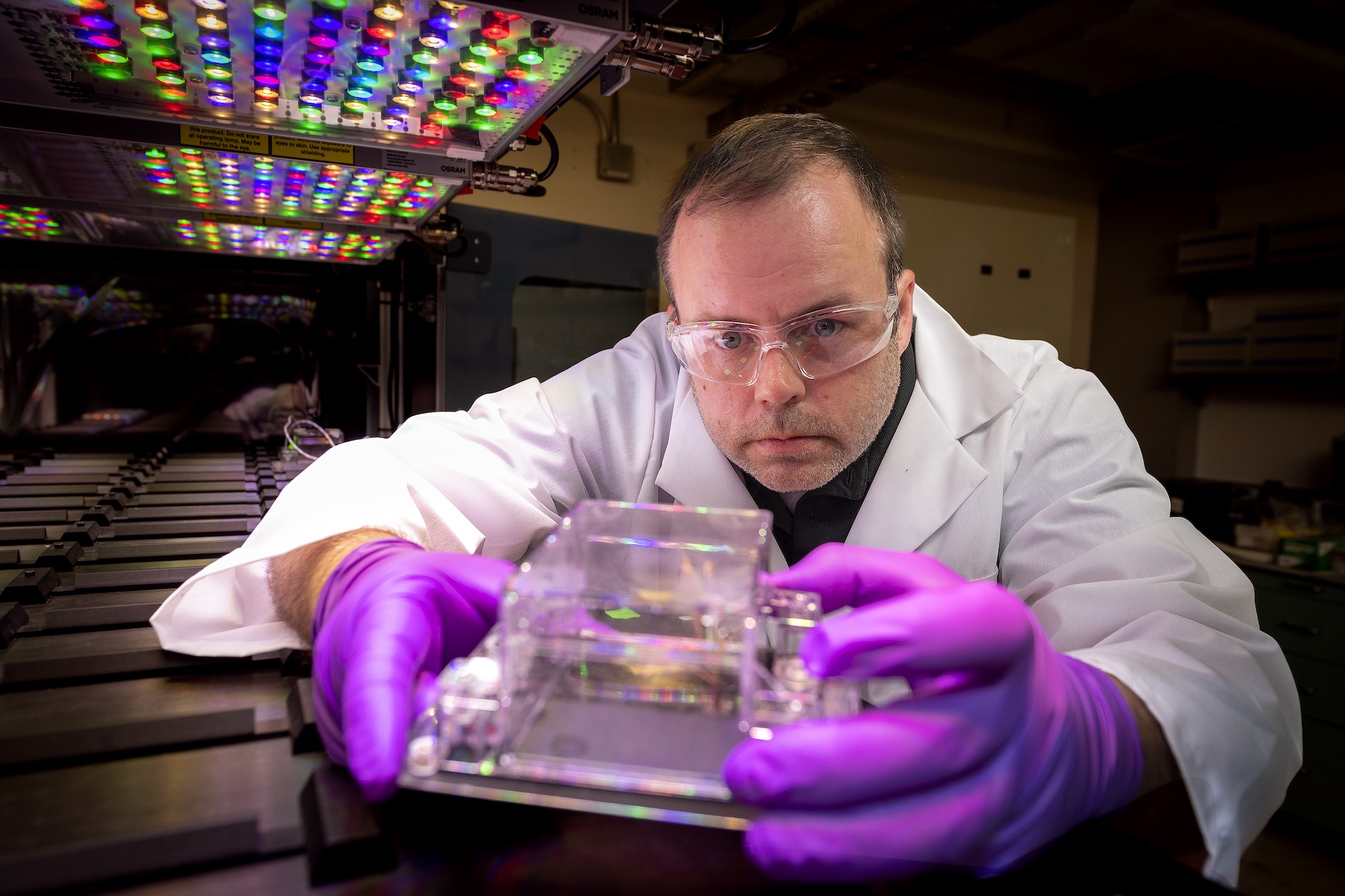Imagine a robot, an automated machine that is about the size of a small SUV, with a mechanical arm gently picking up tiny plants from under programmable LED lights, sliding them over to camera pedestals for imaging, and then placing them back in their original growth chamber.
The EcoBOT, an all-in-one experimental station, is helping Biosciences Area researchers understand the mechanics of plant and microbe interactions like never before. By growing a seedling in a tiny chamber under various environmental conditions, the EcoBOT will eventually use artificial intelligence to analyze experimental data and decide, on its own, the logical next steps to guide future experiments.
Pete Andeer, a project scientist in the Environmental Genomics and Systems Biology (EGSB) Division, is a part of the team that built this robotic feat over the course of the past 3 years. “Plants have a mind of their own sometimes,” Andeer said. This means that conducting repeatable experiments that aim to understand how the plant interacts with its environment and grows most efficiently can be really difficult. In the field, environmental conditions change constantly, yet consistency is imperative for thorough plant research.
By growing and analyzing plants in the EcoBOT, researchers avoid the inevitable variability that comes along with plants. Andeer believes it’s possible to apply the insights gained with the bot to help biofuel crops like switchgrass and sorghum to grow on marginal land that’s currently unusable by mainstream agricultural operations. “It’s not just about improving soil quality,” Andeer said. “We have to find a way to grow plants that do more to help the environment.”
A roundabout way of saving the environment
For Andeer, the idea to help solve some of our planet’s larger environmental issues came while he was living and working abroad. After finishing his undergraduate degree at the University of Michigan, and without a clear idea of what to do next, Andeer signed up to teach English in South Korea. One of the classroom exercises involved middle school-aged students writing short essays in English, about things that they wanted to change in their community.
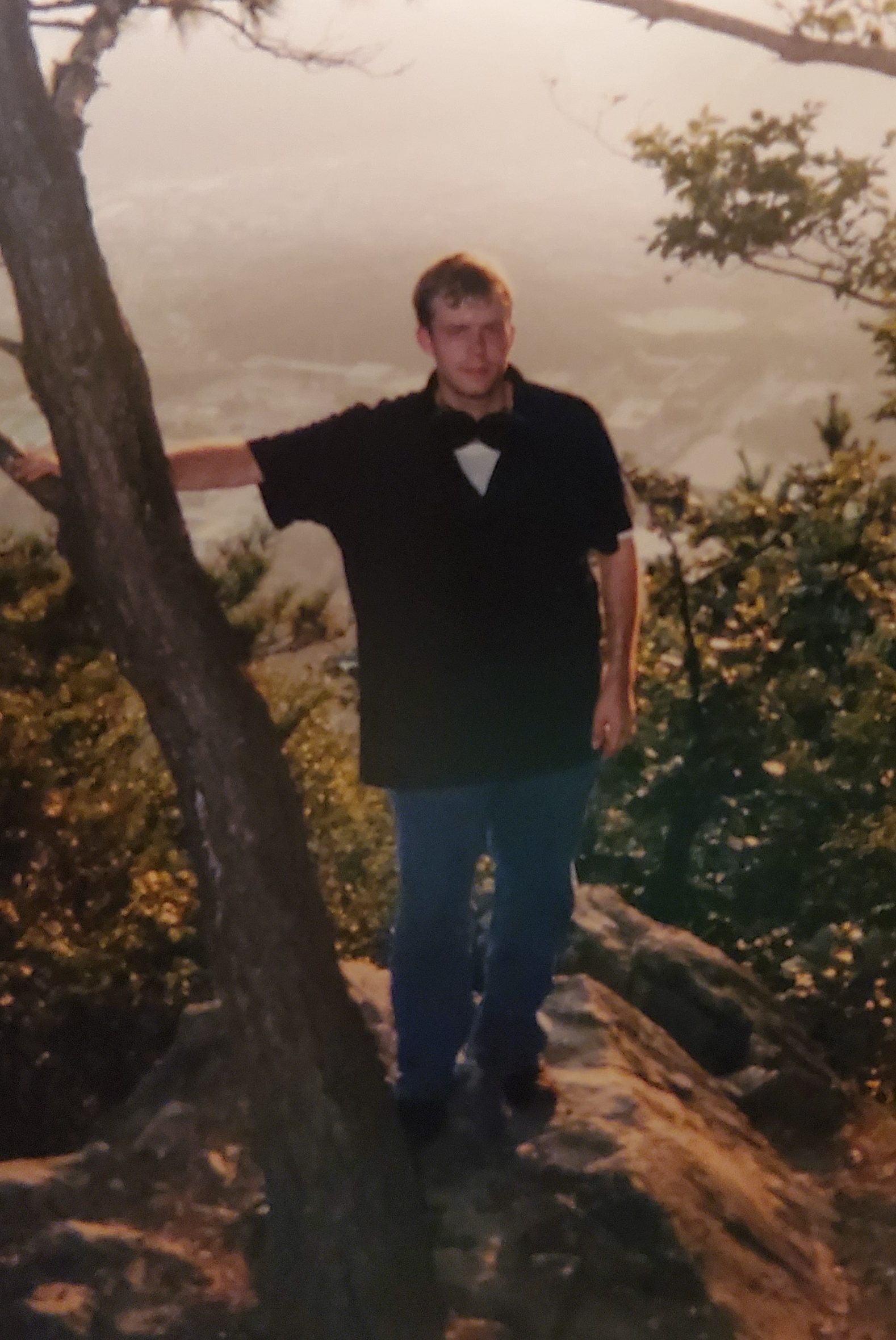
“Some of the students wrote about how the harbor was so dirty from oil, while others were concerned about the smog,” Andeer recalled. “The kids were really in tune to the consequences of past actions and it was something they wanted to fix.”
Andeer had already been pondering the idea of additional education in the realm of science and engineering, and his students’ concern about their environment ignited a spark. He began to consider how biological solutions, like microbes and plants, might be able to help address some of these problems.
When he returned to the States, Andeer pursued a Master’s degree in Civil and Environmental Engineering at Michigan and then a Doctoral program at the University of Washington in the same field. His work toward his PhD focused on bioremediation—the use of microorganisms to help clean up environmental pollution.
Bringing it back to Berkeley Lab
Andeer joined Berkeley Lab in 2014. The idea of an automated plant experiment robot was conceived a few years later, but how to actually build such a thing remained unclear. Conceptual drawings of the bot were included in the first patent application for the EcoFAB, a pocket-sized chamber that contains a single plant and enables analysis of everything from its leaves to its roots — while it’s still growing.
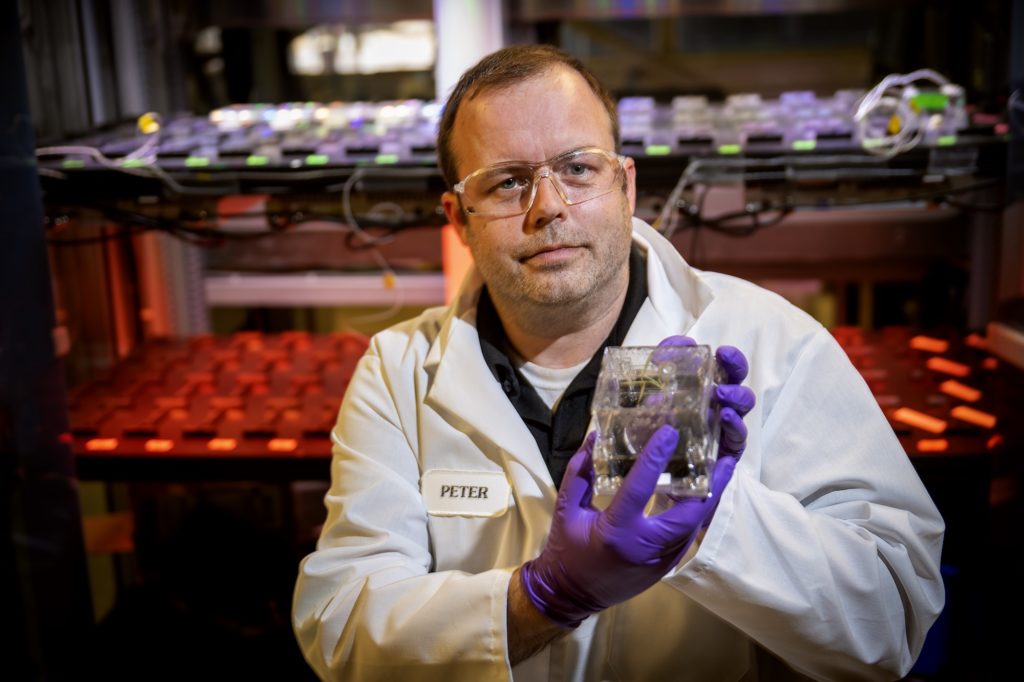
EGSB Deputy Trent Northen had worked with his team to produce the first version of the EcoFAB; he brought Andeer on board to help adapt them for mass production and automation. Once they achieved a more sustainable way to mass produce the EcoFABs, they turned their sights to the robot.
Northen and Andeer partnered with Tom Vess and Lloyd “LT” Cornmesser, engineers from the DOE Joint Genome Institute, to begin designing and building a robot that could hold and maneuver the EcoFABs, and capture hyperspectral images and root profiles of the growing plants.
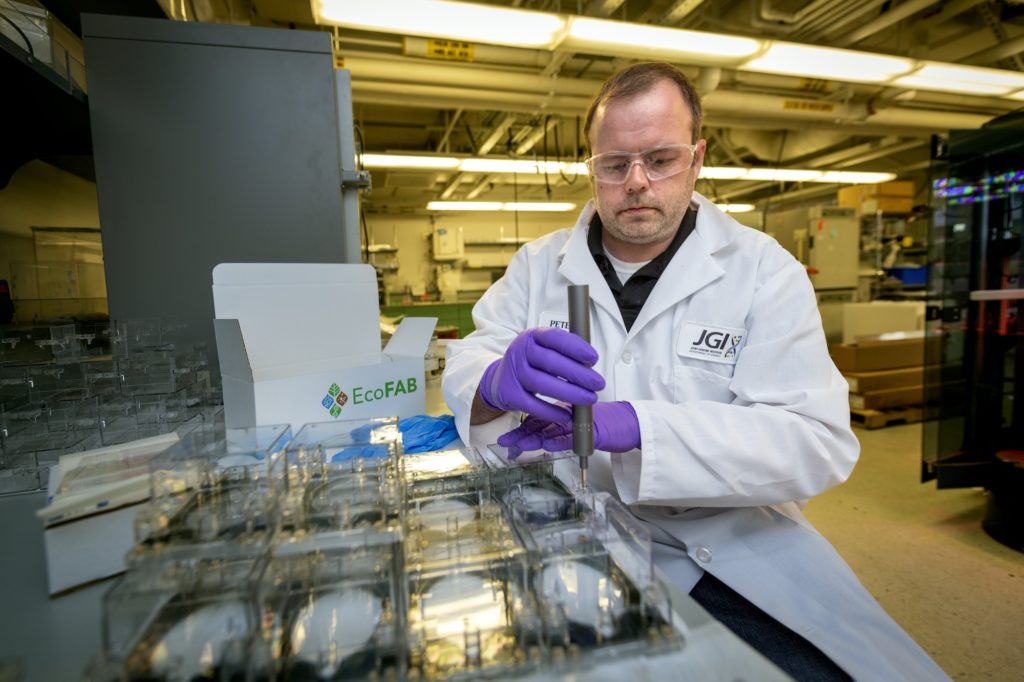
For Andeer, it has been an enjoyable and challenging process. “Having the opportunity to help develop ambitious technologies, like the EcoBOT, to address large scale problems is why you come to Berkeley Lab,” he said.
With the EcoBOT up and running, Andeer and the team are now exploring a variety of important plant-based experiments. Recently, they began collaborating with Jamie Sethian and the team at the Center for Advanced Mathematics for Energy Research Applications to apply computer vision and machine learning capabilities to the EcoBOT. Together, their aim is to understand how a plant and its roots grow under meticulously controlled conditions interact with the soil, its microbes and the chemicals they produce.
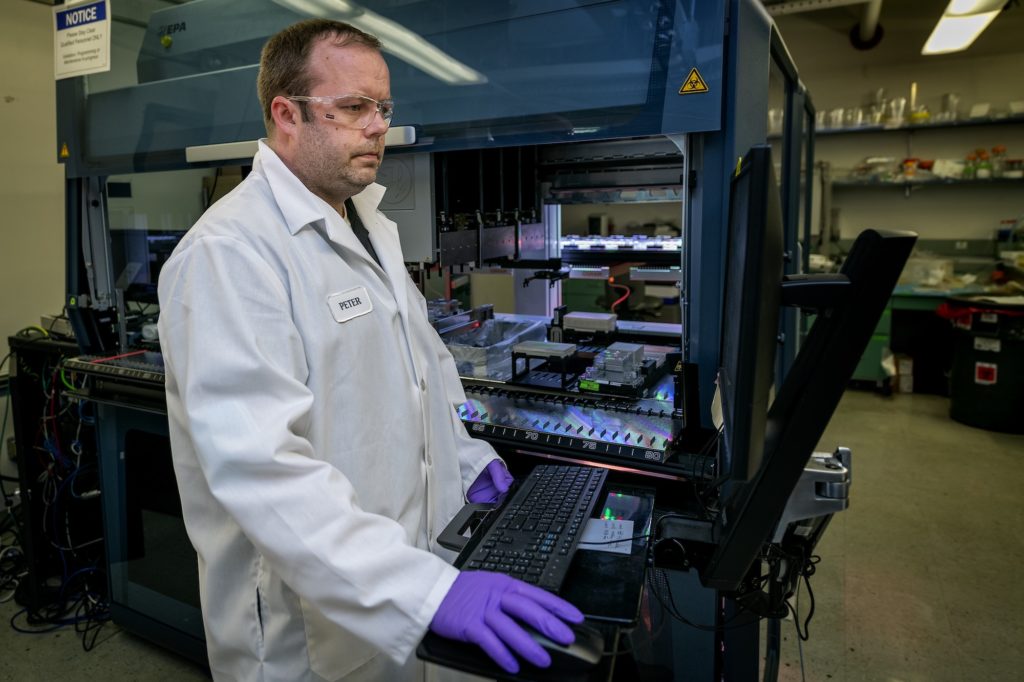
Andeer acknowledges the profound impact that his time living and working in South Korea had on his life and career path. “I wouldn’t be where I am now without that experience,” he said. Now working towards decoding the mysteries of soil microbiology, arguably one of the more complicated biological systems out there, he’s equipped with a determination to forge ahead. “Anything is possible.” ⬢
Written by Ashleigh Papp, a communications specialist for Berkeley Lab’s Biosciences Area.
Read other profiles in the Behind the Breakthroughs series.

